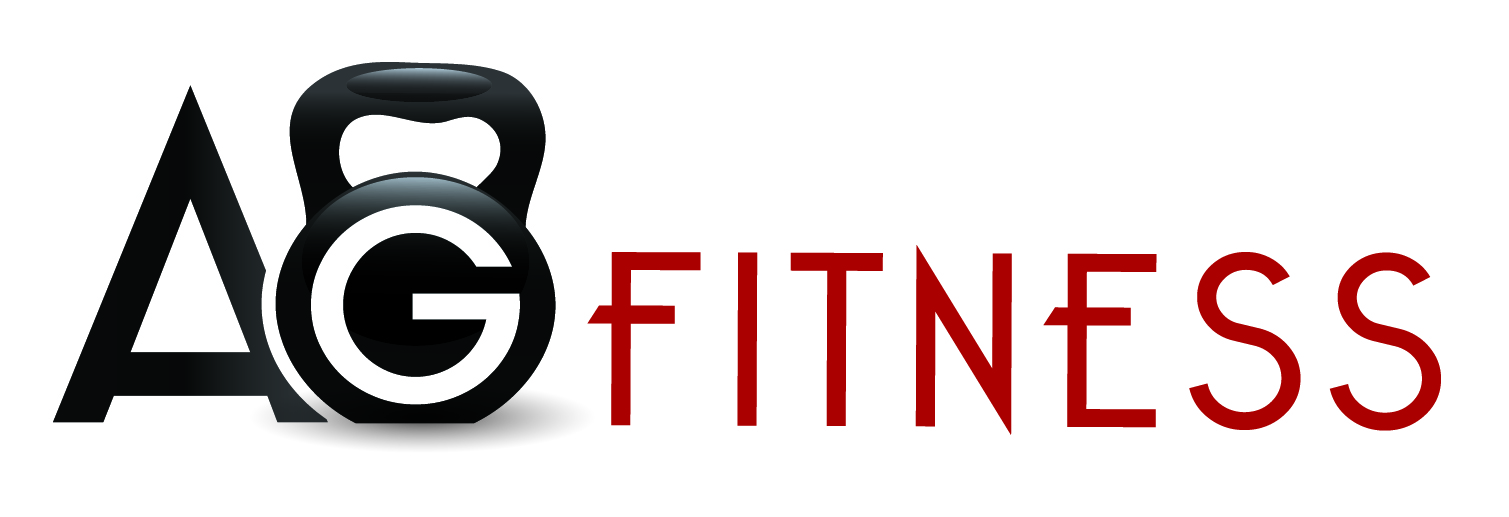Running Injuries - Part Two
Last week I discussed common running injuries around the hip. This week I will focus on some common injuries around the knee. The knee, like the hip, is a weight bearing joint and approximately 3-4 times the force that goes through the knee with walking, goes through the knee with running. Injuries around the knee tend to be from muscle imbalances but other factors can be contributing.
Patellofemoral Pain Syndrome a.k.a. Runner’s knee
This is perhaps the most common running injury seen in my practice. The classic symptoms are pain when running and then after running with going up and down stairs or from sit – stand. The pain is located behind and around the kneecap.
This condition is usually caused by a few factors: 1) a muscle imbalance within the quadriceps. The kneecap is a bone within the quadricep muscle and it has a ridge behind it that corresponds to a groove on the femur (thigh) bone. The kneecap should go up and down in this groove like a sled in a track. If, for whatever reason, the lateral structures (lateral quads and iliotibial band) are tight and/or the medial quads are weak, there may be maltracking of the kneecap. 2) weakness from core and hip musculature from above. If the hip external rotators and abductors are weak, there may be a lack of motor control of the placement of the knee with running and the knee falls into “dynamic valgus”. This is another cause of maltracking and therefore, pain. 3) overpronation of the feet. If the feet are pronating (rolling in) more than they should, the shin and the femur will also roll in and the kneecap, which is a bone in the quads muscle, in relation to the bones of the leg, will go laterally and maltrack.
Iliotibial Band Friction Pain Syndrome
This is a fairly common knee complaint amongst runners. Typically the pain is at the lateral aspect of the knee and usually comes on at the same distance each time you run. The cause is usually a tight iliotibial band but there can be an underlying low back dysfunction contributing to the tightness. Overpronation of the feet and weakness in the core and hip muscles/lack of motor control may also contribute to the complaint.
What to do?
If you have either of these complaints and they are persisting for more than two weeks, then see a practitioner, preferably your favourite physiotherapist. A good rehab program should involve hands on soft tissue release, core and hip strengthening, dry needling or Gunn IMS and rolling exercises. Orthotics and a shoe review may also be appropriate.
Happy Running



